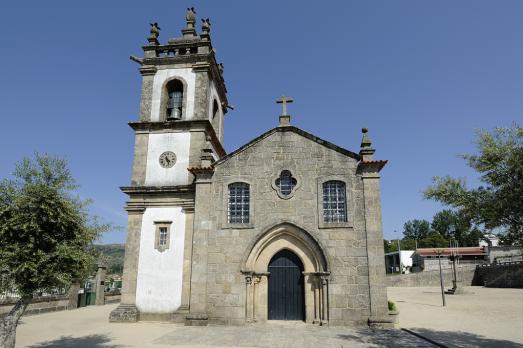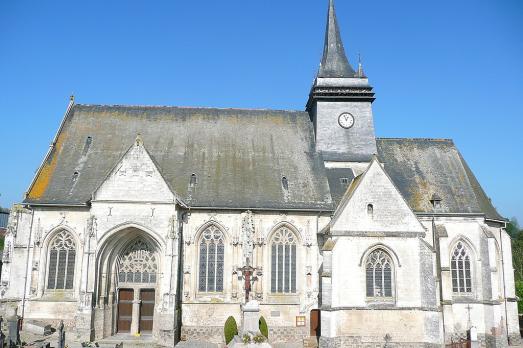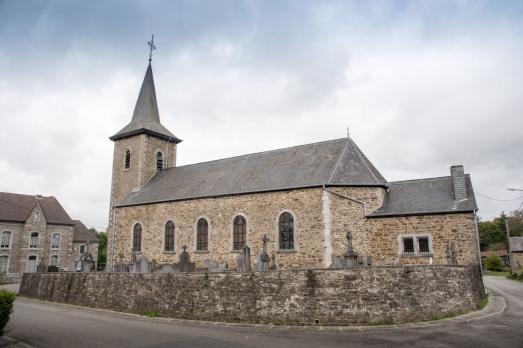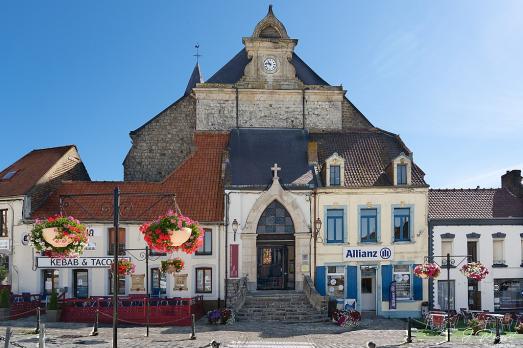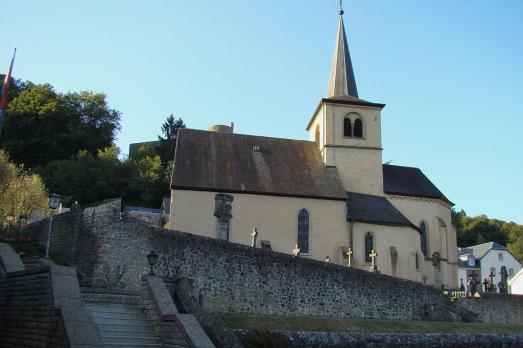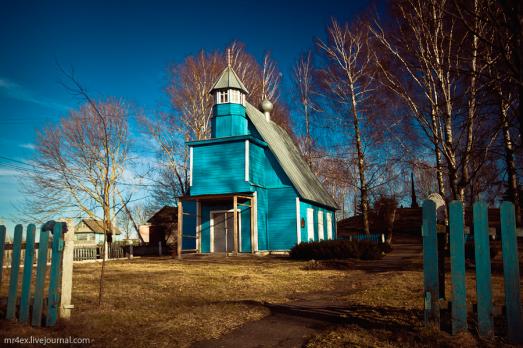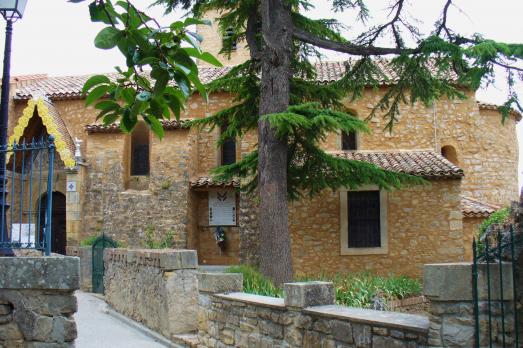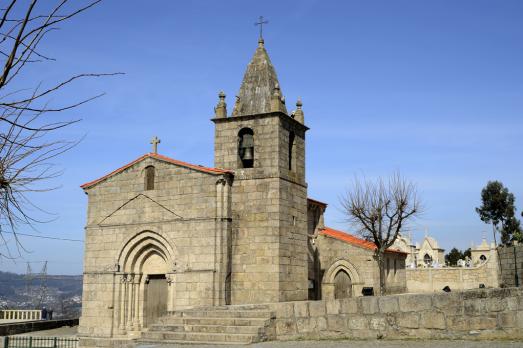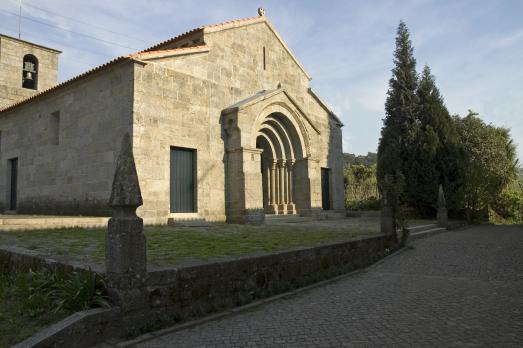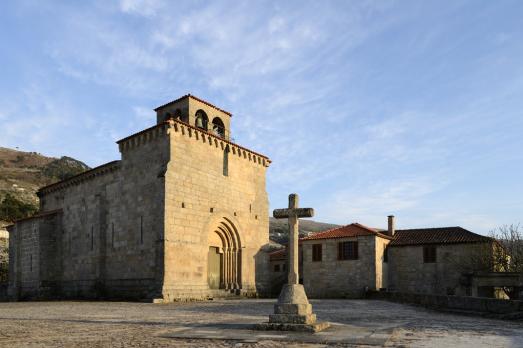
Church of Saint Martin of Mouros
Resende, PT
The Church's tower-façade does not meet military requirements. For this purpose, there were the crags and valleys of this place that helped the Christians to take over the castle of Saint Martin. Thus, this Church, built in the 13th century, although it stands out as part of the Portuguese Romanesque due to the eccentric volumetrics of its façade, still fulfils the functions for which it was built, already in times of peace: the liturgy. Its initial design was bold but remained incomplete. The inscription "1217", discovered in an ashlar [stone] of the chancel, shows the start of its construction or the completion of the first phase of construction, thus giving expression to the hypothetical idea of a temple with three vaulted naves. Opposite the latter, there is a pointed triumphal arch topped by a framed oculus. It was, however, in the Modern Age, and especially during the Baroque, that the Church's space underwent further changes, such as the chancel, intervened under the responsibility of the patrons. Noteworthy are the paintings from the workshop of the Masters of Ferreirim (about 1530), the carvings in the main altarpiece [main altar] of "National" style, and the ceiling of hagiographic nature [the life of the saints].
